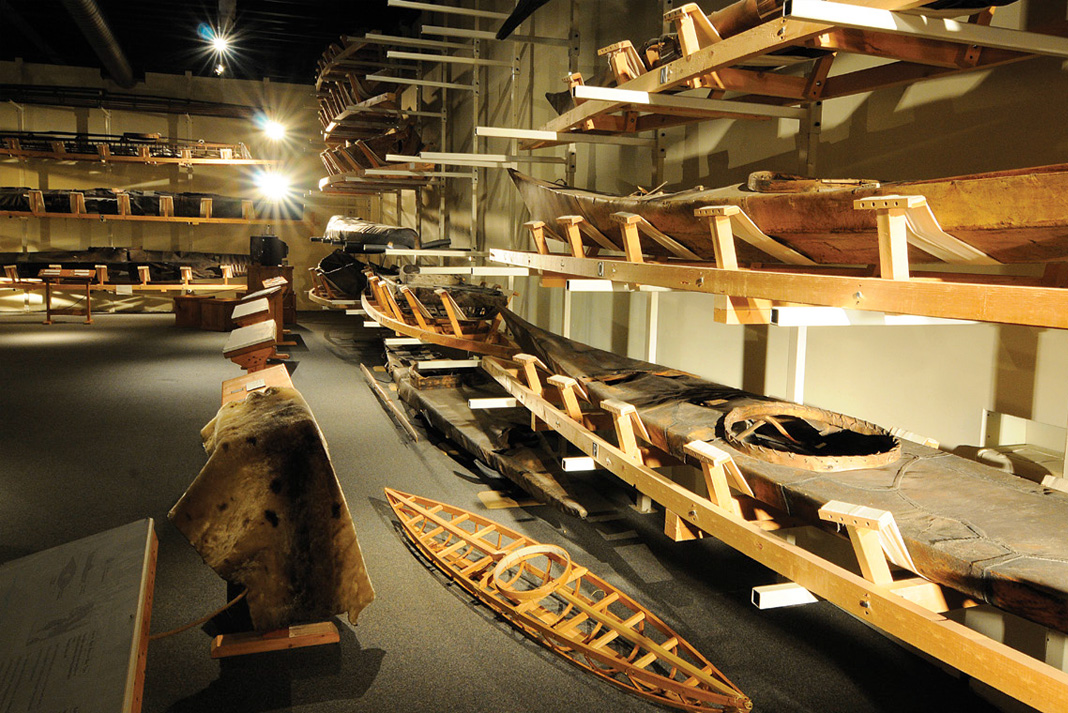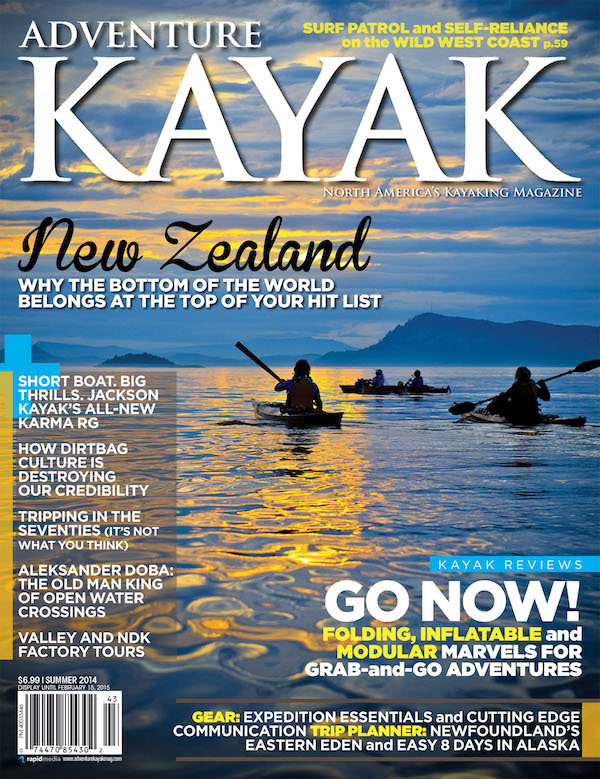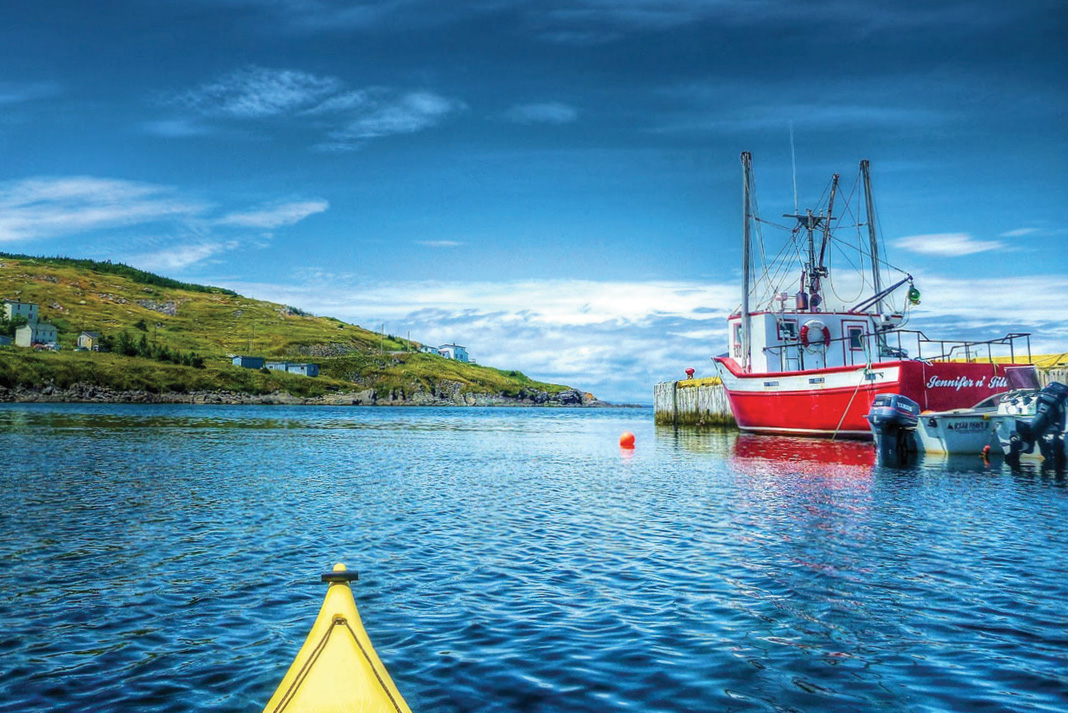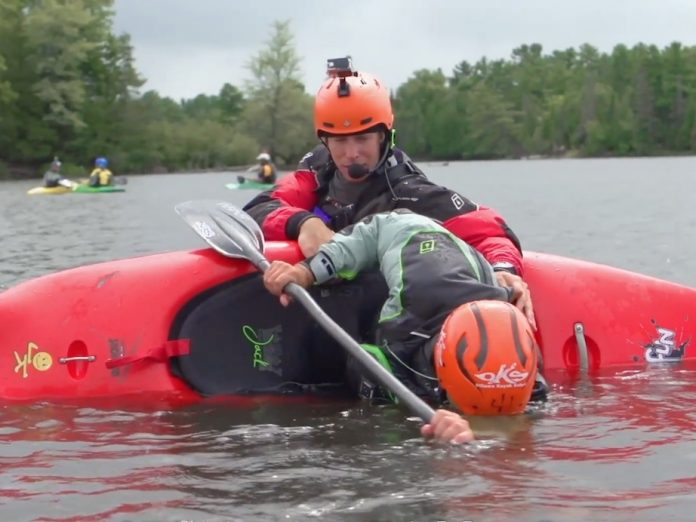The top of a mountain is not the place you’d expect to find a world-class whitewater facility, but in the Appalachian Mountains of Northwest Maryland, the country’s second artificial whitewater park was built in 2006. Why here, when some of the country’s best natural runs are nearby? Within an hour’s drive there’s the Upper and Lower Youghiogheny, the Cheat and my favourite, the Savage River. It is the latter that planted the seed for “ASCI,” Adventure Sports Center International’s artificial venue on top of the WISP Ski Resort on Deep Creek Lake to take form. Regular releases for Savage River paddling were becoming increasingly scarce even with the immense promotion and infrastructure outlay of Garret County for the 1989 World Wildwater & Slalom championships; only the second time the World Championships were held outside of Europe (first were in 1979, Jonquiere, Quebec).
Using the momentum of the ’89 World’s, the idea of an artificial course was hatched. The Atlanta Olympic Course designers of the Ocoee River venue were called upon to utilize the existing water already pumped up the mountain for snow making. Alongside the whitewater park, mountain biking was facilitated and real-estate rose in value for the struggling resort. Today, there are as many condos on the top of the mountain, as below.
25 years later, the worlds return to Garret County, MD. Opening Ceremonies for the four days of competition occurred on Wednesday evening with 45 Nations walking from Garret College to McHendry, Maryland. This is ‘cottage country’ for Washington, DC and Pittsburgh with summer residents excited to cheer on their country’s men and women as they take on the World on home turf. Fireworks launched the event.
Home course advantage in Canoe Slalom is huge. Not only is water time expensive, it’s not always running – unless you live here.
Competition favourites:
C-1 Men: David Florence, GBR; Michal Martikan, SVK; Matej Benus, SVK; Denis Gardaud, FRA; Wildcard: Ander Elosegi, ESP
C-1 Women: Jessica Fox, AUS; Mallory Franklin, GBR; Rosalyn Lawrence, AUS; Wildcard: Haley Daniels, CAN
K-1 Men: Jiri Prskavec, CZE; Vit Prindis, CZE; Sebastian Schubert, GER; Michal Smolen, USA; Boris Neveu, FRA; Wildcard: Ben Hayward, CAN
K-1Women: Corinna Kuhnle, AUT; Emilie Fer, FR; Stepanke Hilgertova, CZE; Ricarda Funk, GER; Wildcard: Nouria Newman, FRA
C-2 Men: Skantor/Skantor, SK; K. Gauthier/M Peche, FRA; D Florence/R Hounslow,GBR Wildcard: C Eichfeld/D McEwen, USA
Watch results live on Canoe ICF.
Claudia Kerckhoff-van Wijk is a ten time Canadian Slalom champion, 5th 1979 Worlds in Jonquiere, Bronze medallist in Slalom, and owner of Madawaska Kanu Centre and OWL Rafting.












 Discover 49 more of the coolest people, gear and innovations in canoeing this year in the digital edition of Canoeroots and Family Camping, Summer/Fall 2014, on our free
Discover 49 more of the coolest people, gear and innovations in canoeing this year in the digital edition of Canoeroots and Family Camping, Summer/Fall 2014, on our free 


